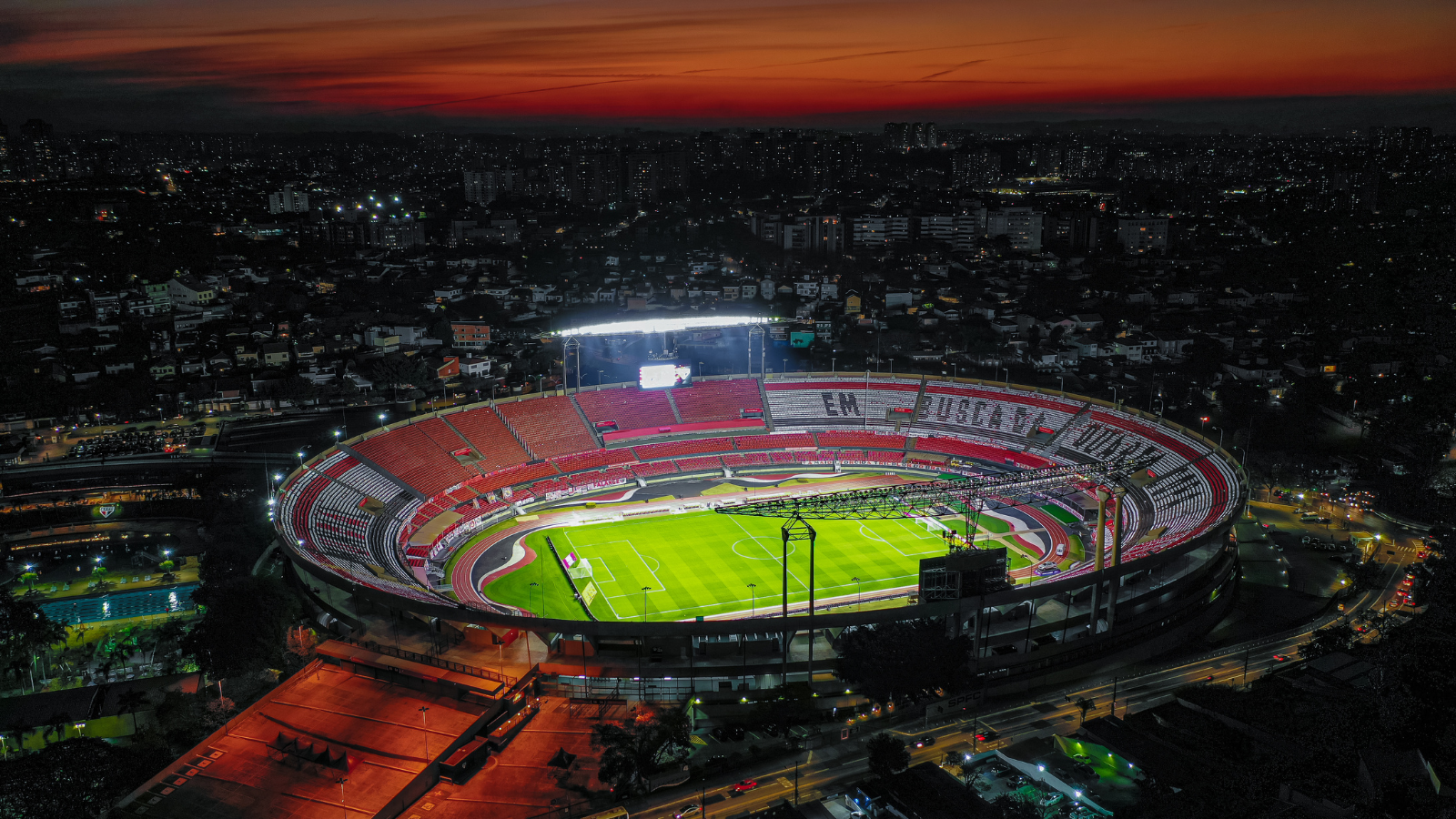- People
- Expertise
Our expertise
We are a team of more than 500 professionals, with the depth of experience which makes us genuine experts in our fields. Together, gunnercooke’s people have strength across just about every corporate discipline and sector. We provide legal, commercial and strategic advice that delivers real value to the clients we work with, which span from multinational enterprises through to unicorns and non-for-profit organisations. Our breadth of expertise covers some of the most interesting and important emerging disciplines, from ESG and charity law, to blockchain and competition.
Search by practice areaDispute ResolutionDispute Resolution OverviewMeet the Dispute Resolution TeamIntellectual Property DisputesFinancial Services & FinTech OverviewProceeds of CrimeEmployment TribunalTax InvestigationProperty Dispute ResolutionInsolvency DisputesMediationCivil Fraud & Asset TracingHealth & SafetyBusiness Crime & InvestigationsLitigation & ArbitrationInternational Arbitration - International
International Offices
The gunnercooke group has 15 main global offices across England, Scotland, the US, Germany and Austria, with further plans for growth in the coming years. These offices enhance the existing in-house capability of our dedicated international teams and dual-qualified experts that cover Spain, France, Italy, Portugal, Brazil, China, India, Poland and Hungary. Our team have clients across 123 jurisdictions, speak 46 languages and are dual-qualified in 21 jurisdictions. Our expertise means we can offer large teams to carry out complex cross-border matters for major international clients.
- Our story
Our story
gunnercooke is the fastest growing corporate law firm in the UK, now making its mark globally. We comprise a rapidly growing number of experts spanning legal and other disciplines. Clients benefit from flexible options on fees to suit their needs, access to a wider network of senior experts throughout the relationship, and legal advice which is complemented by an understanding of the commercial aspects of running a business.
- Reading Room
- News & Insights

The recent case of Keshwala and Another -v- Bhalsod and Another [2020] EWHC 2372 (QB) has confirmed to both Landlords and Tenants that, provided an application for relief from forfeiture is brought within 6 months of the date of the forfeiture of the Lease, it will generally be treated as having been brought with “reasonable promptitude”.
This means that, provided the application for relief is made within 6 months and the Tenant has paid or offered to pay the arrears, an application for relief is likely to succeed unless there are “exceptional” reasons to the contrary. This has significant practical implications for Landlords who are considering if they should re-let properties within the 6 months of forfeiture where they have been unable to obtain a firm indication from a former Tenant they do not intend to apply for relief.
In the case of Keshwala and Another -v- Bhalsod and Another [2020] EWHC 2372 (QB) the Claimant Tenant had a Lease of a property in Leicester for a term of 20 years from March 2008. The Tenants fell into arrears in 2018 having had a number of previous issues with late payment. The Lease was forfeited by peaceful re-entry in September 2018. In February 2019 the Defendant Landlord re-let the commercial unit to a third party. Later that month an application for relief from forfeiture was issued.
At first instance, a Judge refused to grant relief from forfeiture, primarily due to the delay. The matter was then appealed to the High Court who concluded that relief from forfeiture could be granted. The High Court considered the Judge at first instance should have had regard to the statutory 6-month limit for bringing relief from forfeiture set out in the Common Law Procedure Act 1852. The relevance of this time limit to cases where the Court has equitable discretion has long been recognised and is considered in detail in cases such as Howard -v- Fanshawe [1895]2 Ch 581 and more recently in Lakeside Developments Ltd -v- Gibbs [2018] EWCA Civ 2874.
Having regard to these authorities, the Judge considered that while the 6-month limit could be disapplied where the Court exercises its equitable discretion, an application made within 6 months should be treated as being made with reasonable promptitude. Relief from forfeiture was therefore granted, upon condition that a reversionary lease was granted to the Claimants.
While forfeiture by re-entry is currently restricted until after 31 December 2020, this case certainly gives food for thought to those Landlords who are eagerly awaiting the lifting of that restriction in order to recover property. It may mean that even if the restrictions are not extended again and Landlords are able to forfeit by re-entry at the start of 2021, it could be mid-way through next year or later before they feel confident to re-let to new tenants.
Landlords seeking certainty, who cannot get any assurance from the tenant they will not apply for relief, may wish to consider applying to the Court for an order to bring the lease to an end and recovery the property. The backlog created by the stay earlier this year of possession proceedings is creating some delays in the Court process. However, it remains very likely that the Order will be obtained, granting certainly and confidence to re-let, sooner than would be the case if a Landlord were to wait for the restriction on forfeiture by re-entry to be lifted and then a further 6 months after that to see if a relief from forfeiture claim is going to materialise.
For further information about the recovery of commercial property please contact Claire-Elaine Arthurs at [email protected].






